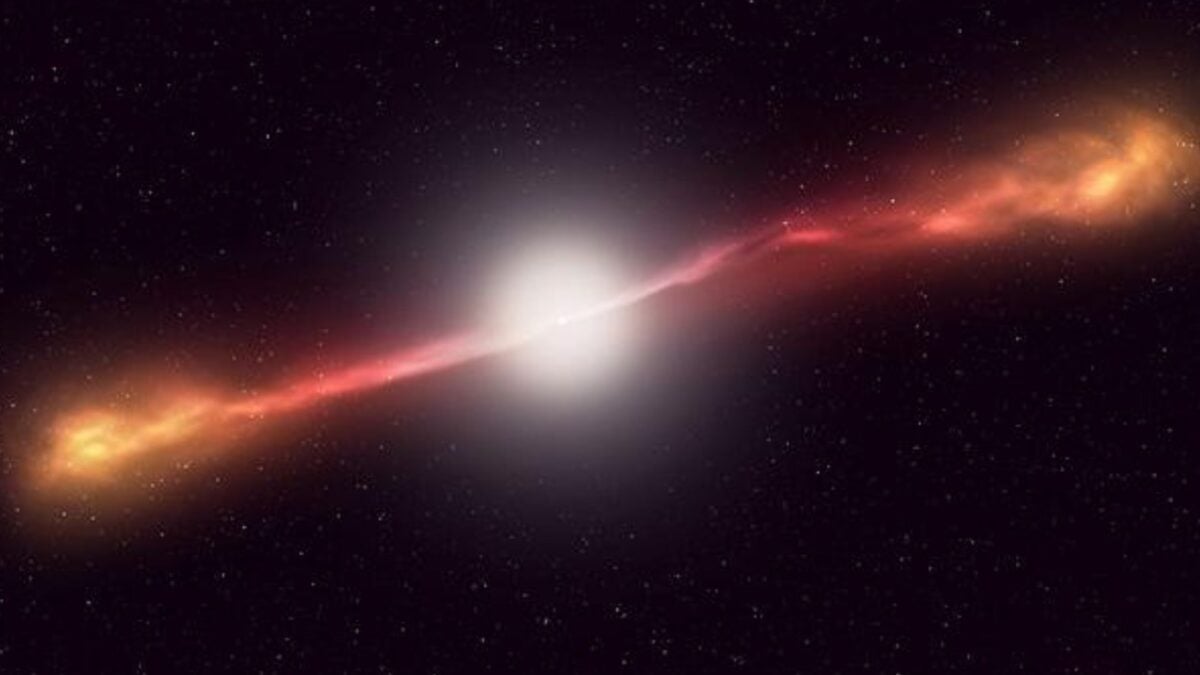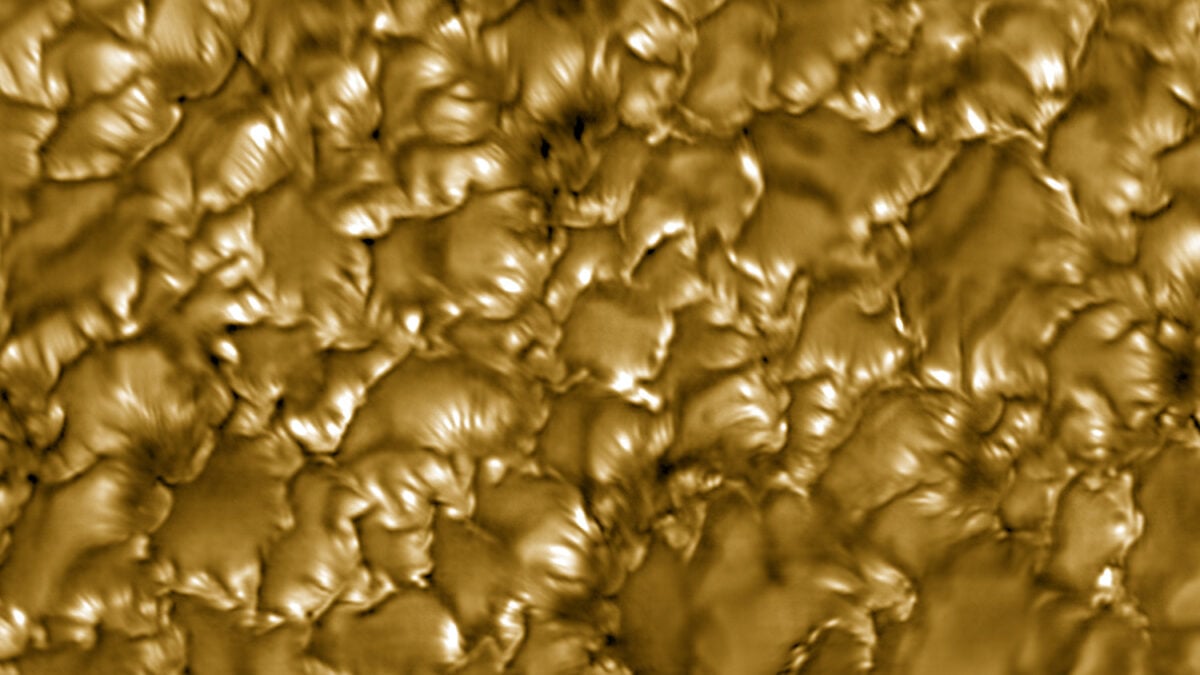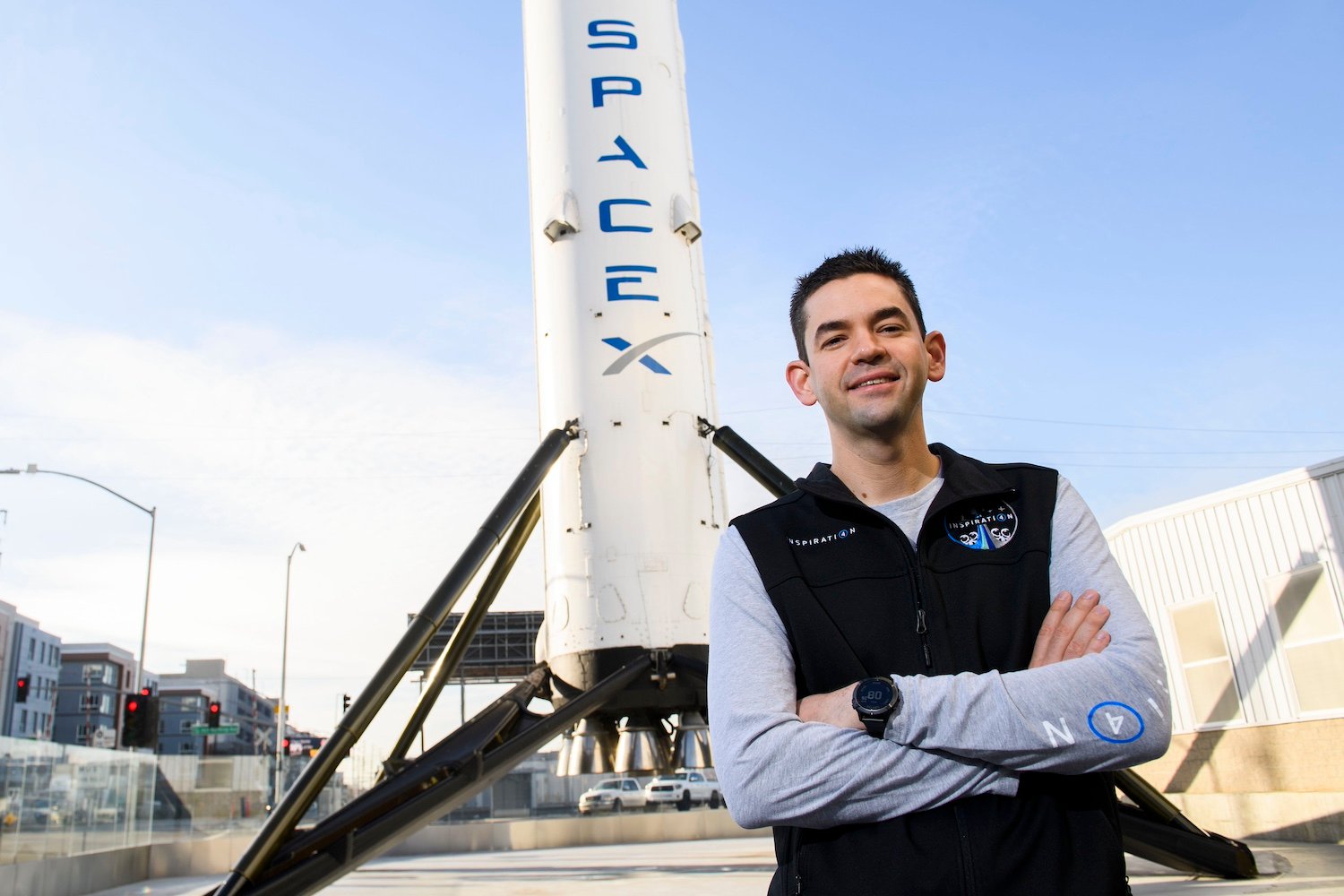A fascinating new study from Johns Hopkins University proposes that supermassive black holes, the immense gravitational titans at galactic centers, could be naturally generating high-energy particle collisions. Published in Physical Review Letters, this research suggests these cosmic entities might function as powerful natural particle accelerators, potentially rivaling or even surpassing human-made facilities like the Large Hadron Collider (LHC) and offering new avenues to explore fundamental physics.
Nature’s Own Supercolliders: A New Cosmic Frontier
The idea that certain spinning black holes could act as natural particle accelerators offers a tantalizing prospect, especially as funding for fundamental physics research faces constraints and plans for next-generation colliders extend decades into the future. For about a decade, experts have theorized that supermassive black holes could achieve this, as co-author Andrew Mummery, a theoretical physicist at the University of Oxford, mentioned to maagx.com. This latest study advances the theory by identifying naturally occurring scenarios that could enable such supercollider-like behavior in black holes.
Understanding these cosmic mechanisms could significantly aid research into dark matter and other elusive particles that continue to puzzle scientists. The LHC, for instance, smashes protons at near-light speeds to probe the universe’s fundamental building blocks, with a key goal being the detection of dark matter, which is believed to constitute about 85% of the universe’s mass.
How Black Holes Could Outperform Man-Made Colliders
The new study by Mummery and Joseph Silk, an astrophysicist at Johns Hopkins University, the University of Oxford, and the Institute of Astrophysics in Paris, modeled the extreme conditions near the event horizons of rapidly spinning supermassive black holes. These black holes can eject powerful jets of plasma at incredible speeds. The researchers found that violent gas flows in these regions can force particles into chaotic, high-energy collisions, much like those engineered in terrestrial colliders.
“Some particles from these collisions go down the throat of the hole and disappear forever,” Silk explained in a Johns Hopkins release. “But because of their energy and momentum, some also come out, and it’s those that come out which are accelerated to unprecedentedly high energies.” This natural acceleration process could mean black holes are already producing the very particles scientists are striving to create and detect.
A Cosmic Shortcut to Unveiling Dark Matter?
The search for dark matter is a major driver behind the development of increasingly powerful particle colliders. “One of the great hopes for particle colliders like the Large Hadron Collider is that it will generate dark matter particles, but we haven’t seen any evidence yet,” Silk stated. This lack of direct detection has fueled discussions for “a much more powerful version, a next-generation supercollider.”
However, Silk highlighted a compelling alternative: “But as we invest $30 billion and wait 40 years to build this supercollider—nature may provide a glimpse of the future in super massive black holes.” If these cosmic giants are indeed functioning as natural high-energy laboratories, they could offer a more immediate and cost-effective window into the universe’s most elusive components.
Listening for Whispers from the Universe’s Edge
The ultra-energetic particles propelled from the vicinity of supermassive black holes could theoretically be detected by existing Earth-based observatories. Facilities like the IceCube Neutrino Observatory in Antarctica and the KM3NeT telescope beneath the Mediterranean Sea are designed to spot ghostly particles called neutrinos, which often herald high-energy cosmic events. Earlier this year, KM3NeT researchers announced the detection of the most energetic neutrino observed to date, marking a potential step forward in understanding these ephemeral and energetic particles. This finding lends credence to the idea that such high-energy signals are indeed traversing the cosmos, awaiting detection.
Equipped with a deeper theoretical understanding of how these high-energy particles might form at the edges of supermassive black holes, as detailed in their Physical Review Letters paper, Mummery now plans to investigate their specific nature. Identifying precisely what escapes these cosmic behemoths could provide a powerful, naturally occurring complement to traditional collider experiments.
Conclusion: The Universe as a Laboratory
The prospect of supermassive black holes acting as natural particle accelerators opens an exciting new chapter in astrophysics and particle physics. This research suggests that the universe itself may harbor the tools to unlock some of its deepest mysteries, including the nature of dark matter. By studying these cosmic phenomena, scientists may find a cost-effective and readily available pathway to insights that might otherwise require decades and vast resources to achieve. The ongoing investigation into particles ejected from black holes promises to expand our understanding of the cosmos in profound ways.










